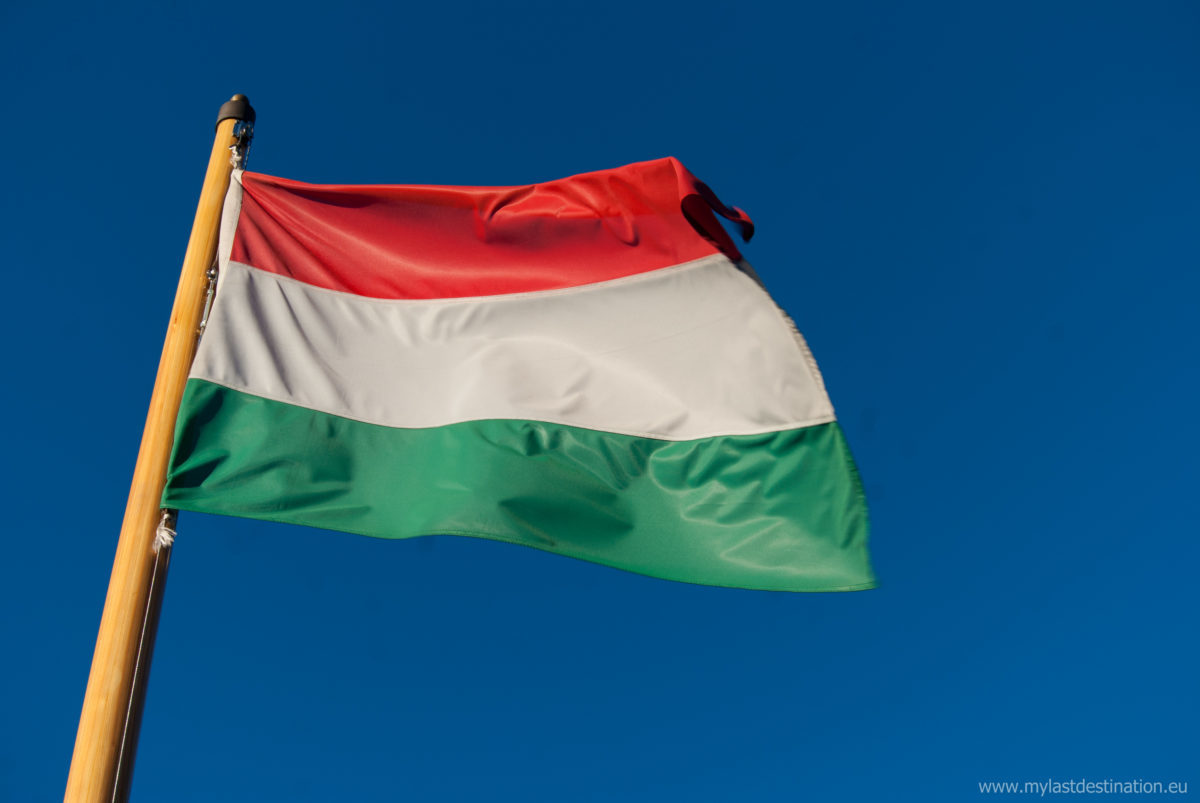The European Commission (EC) has approved Hungary’s support scheme for solar and renewable energies.
The EC said that the program is in line with its 2014 Guidelines on State Aid for Environmental Protection and Energy, as it limits the market distortions determined by the state support. The plan had been submitted by the Hungarian government to Brussels authorities in April.
The program, which has an annual budget of HUF 45 billion (approximately €146 million), includes a new feed-in tariff mechanism for renewable energy power generators up to 500 kW, a premium tariff mechanism for projects ranging in size from 500 kW to 1 MW, and an auction scheme large-scale projects exceeding 1 MW.
“The Hungarian scheme,” said the EC in its press release, “will be financed through the renewables support levy currently in place in Hungary. In order to avoid any discrimination against foreign renewable energy producers resulting from the financing mechanism, as of 2017 Hungary will partially open up the renewables support scheme to foreign producers.”
The new scheme, which officially came into force on Jan. 1, 2017, has not yet been implemented by the Hungarian Energy and Public Utilities Regulatory Authority, which is in charge of managing the future tenders for utility-scale projects.
It is still unknown when the first auctions will be held, and the huge amount of approved projects under the previous FIT scheme will probably push the government to delay the auctions until a later stage.
According to László Szabo, a senior researcher at the Regional Centre for Energy Policy Research (REKK, Hungary), there are approximately 2 GW of projects approved under the old FIT scheme, which could potentially see the light by the end of 2017. Although the FIT program was officially closed in mid-2016, approved projects will be granted a FIT if grid-connection is achieved by the end of 2017. The Government may also introduce a 1-year grace period for these projects and extend the deadline to the end of 2018.
According to official statistics, Hungary had 168.7 MW of grid connected PV capacity at the end of December 2015. Most of this capacity comes in the form of PV systems up to 50 kW installed under the country’s net-metering scheme. According to estimates by Szabo, the country installed approximately 100 MW of new PV capacity in 2016. If the numbers for 2016 are confirmed, Hungary will have reached approximately 270 MW of installed PV as of the end of last year.
This content is protected by copyright and may not be reused. If you want to cooperate with us and would like to reuse some of our content, please contact: editors@pv-magazine.com.




1 comment
By submitting this form you agree to pv magazine using your data for the purposes of publishing your comment.
Your personal data will only be disclosed or otherwise transmitted to third parties for the purposes of spam filtering or if this is necessary for technical maintenance of the website. Any other transfer to third parties will not take place unless this is justified on the basis of applicable data protection regulations or if pv magazine is legally obliged to do so.
You may revoke this consent at any time with effect for the future, in which case your personal data will be deleted immediately. Otherwise, your data will be deleted if pv magazine has processed your request or the purpose of data storage is fulfilled.
Further information on data privacy can be found in our Data Protection Policy.